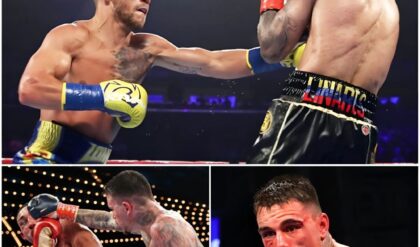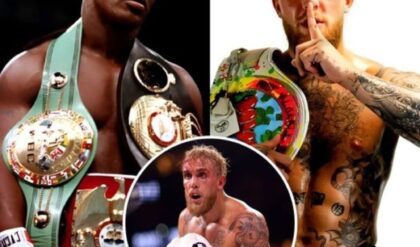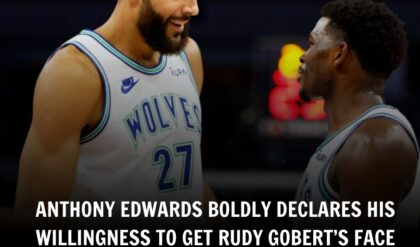Without many regulations and its dynamics changing from era to era, boxing is arguably the most difficult sport in which to measure greatness. But here goes. Here are the greatest pound-for-pound fighters in the 100-plus-year history of the sweet science.
1 of 25
25. Sandy Saddler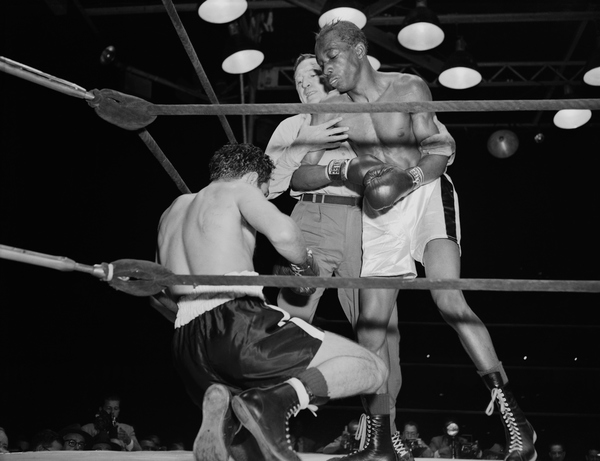
Bettmann-Getty Images
Best known for his four-fight series with defensive magician Willie Pep, Saddler (144-16-2) was the only fighter to get the better of the master featherweight when he was near his best. He knocked Pep out three times, the first to annex the longtime 126-pound kingpin’s belt in 1948, and the third time began his run atop the division that lasted for most of the 1950s. A rangy puncher, who also won a junior lightweight strap, Saddler held his featherweight crown until retiring in 1957.
2 of 25
24. Rocky Marciano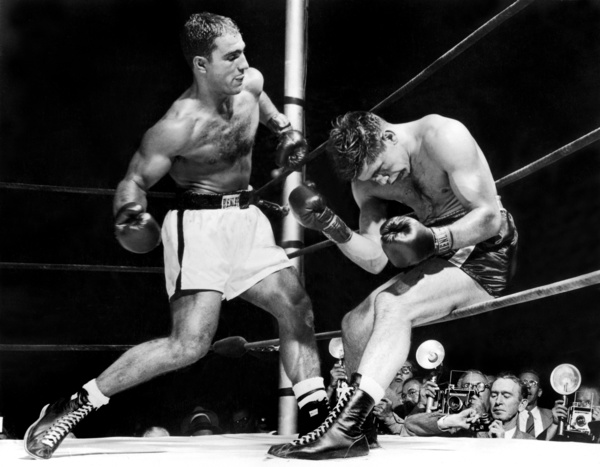
Keystone-France-Getty Images
Marciano did not have a particularly long run in the upper reaches of his sport, first appearing in Ring Magazine’s top 10 heavyweight rankings in 1951 and retiring after his 49th win in 1955. However, “The Brockton Blockbuster” finished his career unbeaten and defeated greats Ezzard Charles, Jersey Joe Walcott and Archie Moore during his title reign. Those fighters were on the downhill side by that point in their careers, but Marciano — a tough competitor and dangerous puncher — showcased his credentials in three straight Fight of the Year battles.3 of 25
23. George Foreman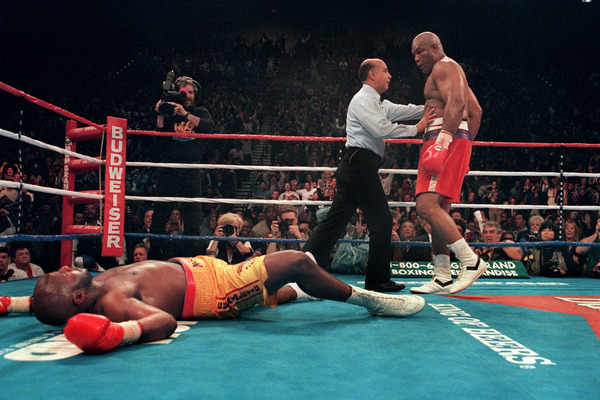
John Gurzinski-Getty Images
One of the most intimidating presences in sports history, Foreman ran roughshod through the heavyweight division, becoming champion less than four years into his career. He bulldozed Joe Frazier and Ken Norton, creating an invincible aura going into Zaire. Muhammad Ali’s rope-a-dope legend may be a bit exaggerated, as he was winning pre-knockout, but that night ruined Foreman’s prime. However, Big George’s 1990s rebirth — giving Evander Holyfield some trouble and flooring Michael Moorer to become the oldest heavyweight champ at age 45 — coupled with his early ’70s dominance undoubtedly qualify him as one of the greats.
4 of 25
22. Julio Cesar Chavez
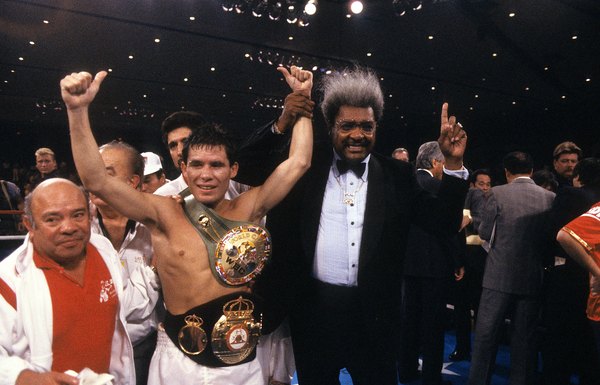
The Ring Magazine-Getty Images
The revered Mexican with a penchant for unrelenting body attacks resided atop pound-for-pound lists for years following Mike Tyson’s Tokyo trip. Chavez (108-6-2) began his career 88-0. This included wins over Edwin Rosario, Hector Camacho and Meldrick Taylor. The controversial Taylor ending, with Richard Steele stopping the fight with two seconds remaining as Taylor led on two scorecards, marred a classic. Chavez’s win streak ended with a gift draw against Pernell Whitaker in 1993, but he ruled the junior lightweight, lightweight and junior welterweight divisions for years prior to it.
5 of 25
21. Jack Dempsey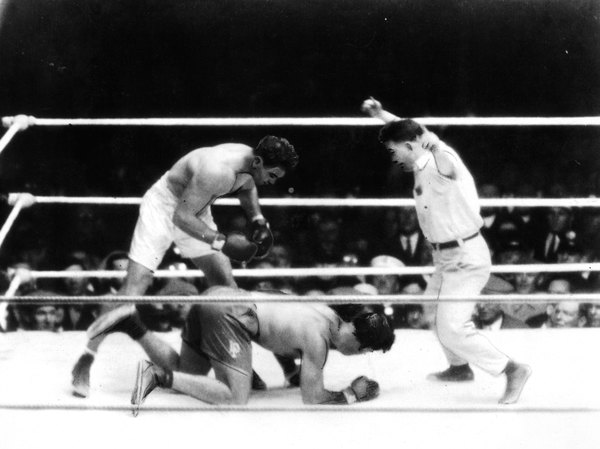
The Ring Magazine-Getty Images
6 of 25
20. Gene Tunney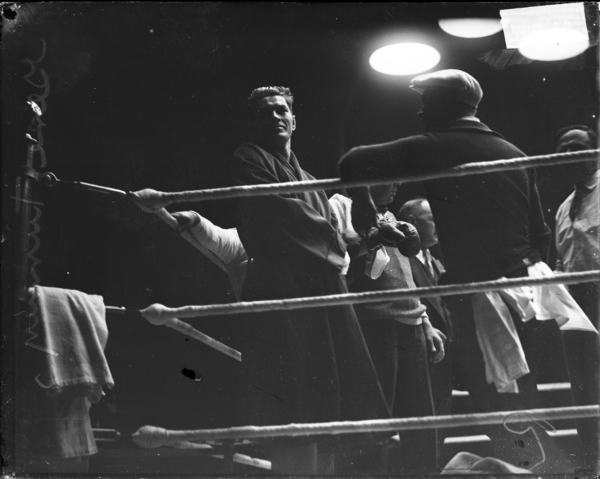
Chicago History Museum-Getty Images
Tunney’s career was not as celebrated as Dempsey’s, but he punctuated it with two wins over his top peer. Tunney (61-1-1) resides as one of boxing’s top light heavyweights and heavyweights. He engaged in a five-fight series with middleweight mauler Harry Greb and took the 175-pound American belt from Battling Levinsky before moving up to boxing’s glamour division. A methodical boxer, Tunney subdued Dempsey to take his title via unanimous decision and retired not long after the controversial rematch — also a Tunney UD. Both Dempsey fights drew more than 100,000 fans.
7 of 25
19. Barney Ross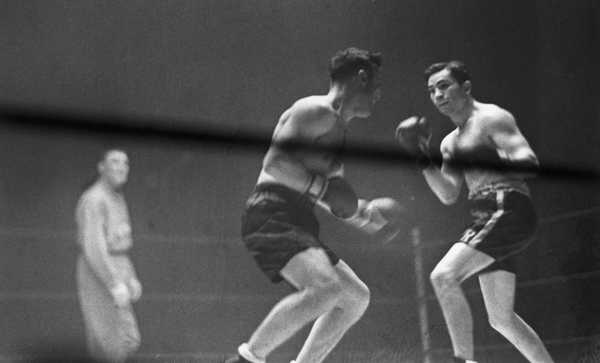
Bettmann-Getty Images
Placed in an era featuring high-class opposition, Ross more than held his own. A Ray Arcel pupil 40 years before Roberto Duran, Ross (72-4-3) was the third fighter to win titles in three weight classes — lightweight, junior welterweight and welterweight — and defeated top-tier peers Tony Canzoneri and Jimmy McLarnin. Taking the first two titles from Canzoneri in 1933 and stepping up to dethrone McLarnin at 147 a year later, Ross went 4-1 against these legends. He stood as the welterweight champion for four years, retiring after a loss to the great Henry Armstrong.
8 of 25
18. Joe Gans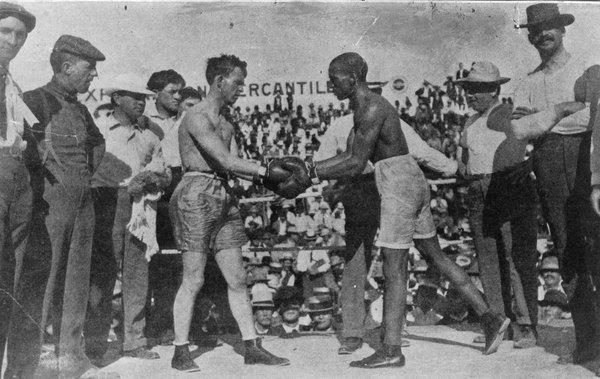
The Ring Magazine-Getty Images
A boxing trailblazer, Gans (120-8-9) was the first black American to win a world title. He captured the lightweight championship in 1902 and held it for an unspecified time (particulars for 1900s boxing are often elusive) over the next six years. The tactician’s defining fight, though, was for the 135-pound strap. Gans defeated fellow Hall of Famer Battling Nelson in a 42-round slugfest. Although he lost twice to the younger Nelson following that grueling encounter, the boxing forefather is regarded as a legendary lightweight. He also won a welterweight belt eight months prior to the Nelson war.
9 of 25
17. Floyd Mayweather Jr.
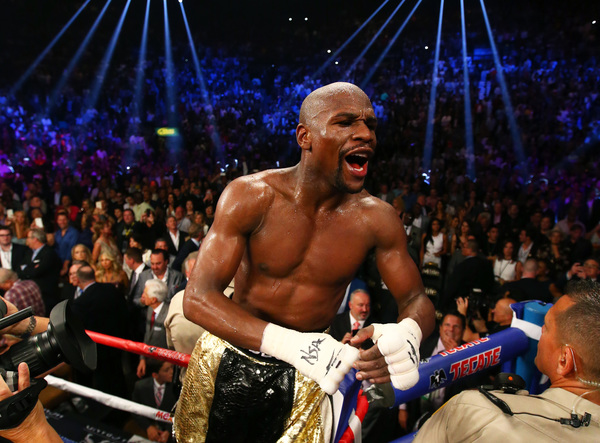
Mark J. Rebilas-USA TODAY Sports
One of the most skilled craftsmen in modern boxing history, Mayweather (50-0) would rank higher were he not fixated on that unbeaten record. Floyd’s 2001 destruction of top 130-pound foe Diego Corrales preceded two wins over a prime Jose Luis Castillo (though, he probably lost the first Castillo fight). But Mayweather opted for mismatches in his late 20s; his “money” years almost exclusively involved meetings with rivals at ideal times. The five-division champ may have been good enough to beat his peers at their best, but boxing’s financial kingpin repeatedly refusing to test himself docks him historically.
10 of 25
16. Pernell Whitaker
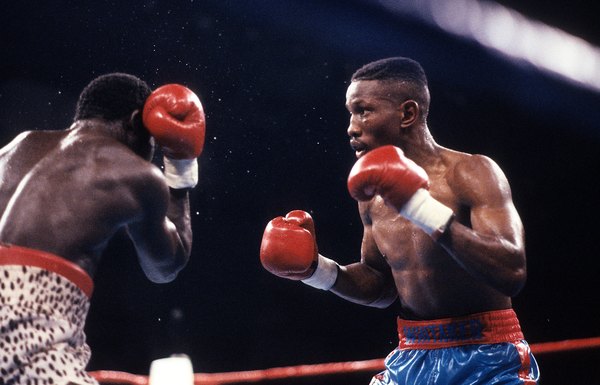
The Ring Magazine-Getty Images
Nearly untouchable at his best, “Sweet Pea” is arguably the greatest defensive fighter ever. The southpaw reigned at lightweight and welterweight, surging to the top of the pound-for-pound lists after a disputed draw against Julio Cesar Chavez, who had avoided him. Whitaker (40-4-1) held belts in four divisions but was robbed on multiple occasions; even his 1997 Oscar De La Hoya loss was debatable. Three of Whitaker’s four defeats came in his final four fights, after drug use and age diminished him. Perhaps a bit forgotten after nearly 20 years away, the Olympic gold medalist was boxing’s best for several years.
11 of 25
15. Archie Moore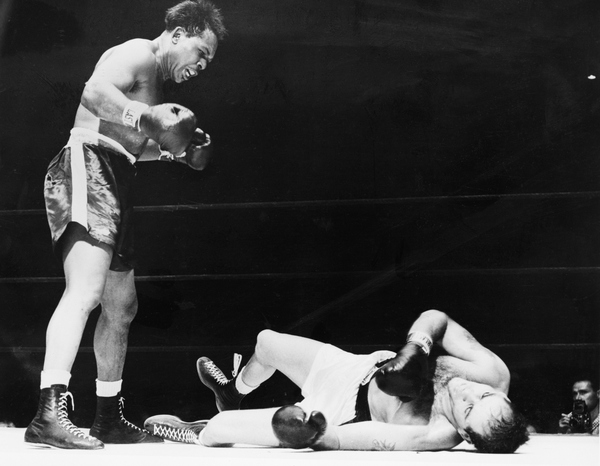
Bettmann-Getty Images
Beginning his career at middleweight, reigning at light heavyweight and becoming a top-caliber heavyweight, the “Old Mongoose” authored one of boxing’s most unique careers. Ranked as a top 10 fighter in his division from 1940-61, Moore (184-24-10) is boxing’s all-time knockout king (130). He did not receive a title shot until he was 39. After beating Joey Maxim, Moore topped the 175-pound class for nine years. His heavyweight moonlighting gig included fights against Rocky Marciano (whom he knocked down), Floyd Patterson and Muhammad Ali. Moore held a belt at 48; it took until Bernard Hopkins for that record to fall.
12 of 25
14. Ezzard Charles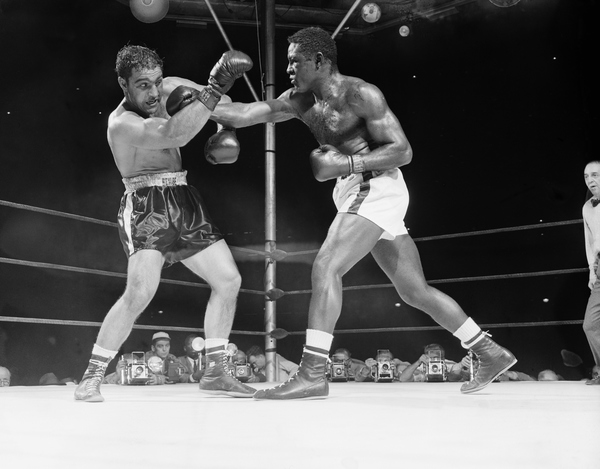
Bettmann-Getty Images
Although Moore lasted longer, Charles — five years Moore’s junior — beat him in each of their three 1940s fights at light heavyweight. Charles beat four 175-pound champions but never fought for that belt. While he was one of the greatest light heavies ever, Charles (89-25-1) did well as a small heavyweight. Via one of his two wins over Jersey Joe Walcott in their quadrilogy, Charles won the heavyweight title and in 1950 beat an older Joe Louis. Charles held the belt for three years. His final acts on the sport’s top tier were two losses to Rocky Marciano in 1954, one doubling as the fight of the year.
13 of 25
13. Manny Pacquiao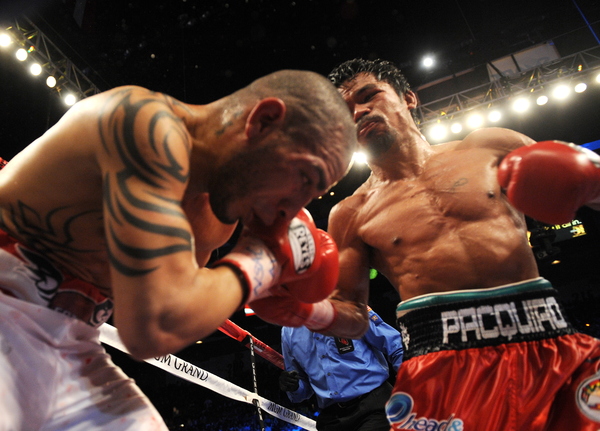
Gabriel Bouys-Getty Images
At 40, Pacquiao remains an upper-echelon welterweight. He won the lineal flyweight title in 1998. Only one man has ever won titles in more than six weight divisions; Pacquiao (61-7-2) is an eight-division champion. He faced Hall of Fame lower-weight contemporaries — Marco Antonio Barrera, Juan Manuel Marquez, Erik Morales — and beat them a combined six times. Though Floyd Mayweather Jr. waited out his higher-mileage rival and beat him, the Filipino’s career includes more milestones and more wins over stars in their prime. Pacquiao’s all-action apex, longevity and unparalleled climb have left a historic mark on the sport.
14 of 25
12. Sam Langford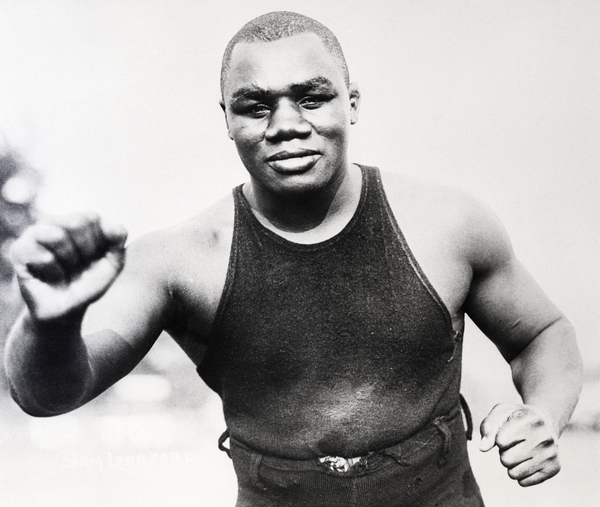
Bettmann-Getty Images
This list’s only non-champion, Langford suffered because of racial discrimination in the early 20th century. He never received a chance to fight for a title, but his career includes astonishing versatility. A 5-foot-7 Canadian, Langford (167-38-37) fought heavyweight icon Jack Johnson and lightweight kingpin Joe Gans (a win); he beat future middleweight champ Tiger Flowers at age 39 and drew future welterweight champ Joe Walcott. The much larger Johnson defeated Langford via decision in 1906 but refused a rematch once he became champion. This is one of American sports’ ultimate what-if athletes.
15 of 25
11. Jack Johnson
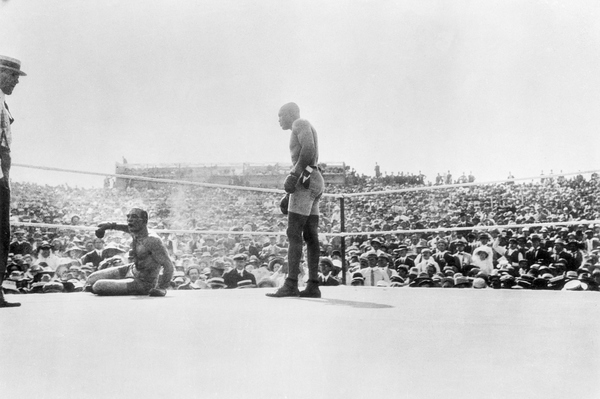
Bettmann-Getty Images
The first black man to win the heavyweight title, Johnson became one of this country’s most important athletes. Denied a chance at the belt for years, Johnson (77-13-14) easily dispatched champion Tommy Burns. He then beat former champs Bob Fitzsimmons and Jim Jeffries, the latter having refused a Johnson fight when champion in the 1900s. Johnson handed Jeffries his only professional loss, but the brash belt-holder then spent years out of the U.S. in exile. The 6-foot champ, at 37, lost his belt seven years after winning it, with 6-foot-6 Jess Willard knocking him out in the 26th round of their 1915 bout.
16 of 25
10. Marvelous Marvin Hagler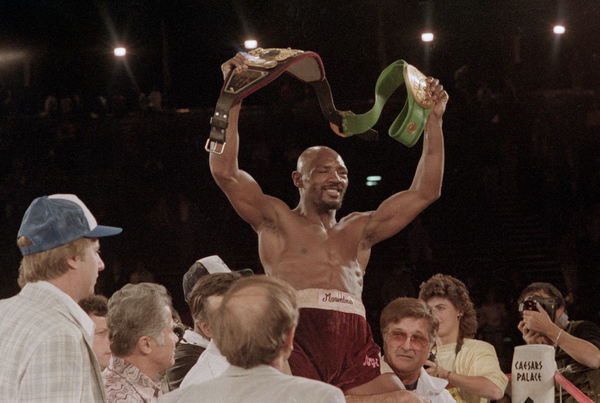
Bettmann-Getty Images
In a decade featuring tough-guy action heroes, Hagler was the boxing equivalent. Avoided for years, the working-class fighter saw a bogus draw deny him the middleweight crown. Shortly after his 1979 draw against Vito Antuofermo, Hagler (62-3-2) began a seven-year title reign. The bruising southpaw had better luck finding 1980s opponents, laying waste to natural middleweights and beating legends Roberto Duran and Thomas Hearns ( a defining boxing sequence ). While Hagler’s hard-luck ways returned when Sugar Ray Leonard received a long-debated decision, leading to Hagler’s retirement, his run stacks up well historically.
17 of 25
9. Sugar Ray Leonard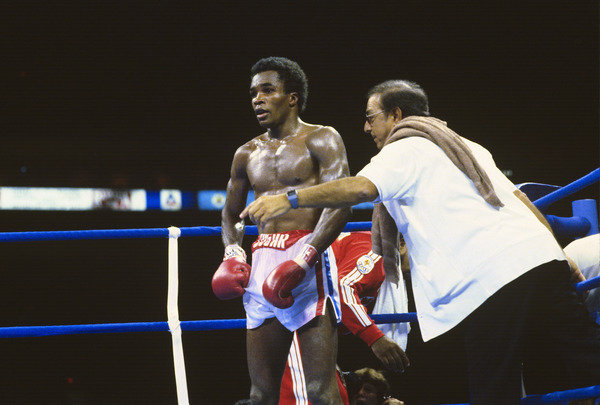
Focus On Sport-Getty Images
Sublimely skilled, Leonard parlayed his Olympic gold medal into becoming the post-Muhammad Ali face of boxing. Leonard’s welterweight wins over Wilfred Benitez, Roberto Duran (after a close loss) and Thomas Hearns gave him career-defining moments before he turned 26. But Leonard’s prime ended early. Had the eye injury not intervened, we are likely talking about a top five all-time fighter. Leonard (36-3-1) may not have deserved the decision over Marvin Hagler, but even being competitive against a heavily favored middleweight after essentially a five-year layoff showed the vast tool box the charismatic star possessed.
18 of 25
8. Benny Leonard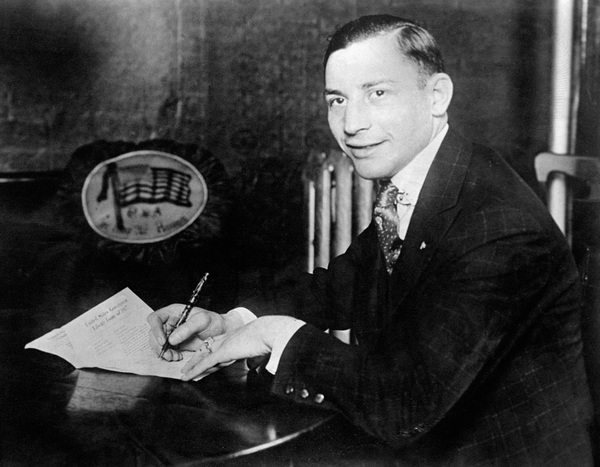
PA Images-Getty Images
In an era when fighters were far more active than they are today, Leonard’s numbers stand out. The longest-reigning lightweight champion (from 1917-25), Leonard ended his career 85-5-1 with 69 knockouts. Three losses came before his 21st birthday, a fourth occurred at the hands of Hall of Famer Jimmy McLarnin after Leonard emerged from retirement and the fifth came because of a disqualification in a welterweight title fight he was likely winning. In between, the slick 5-foot-5 boxer-puncher was peerless.
19 of 25
7. Joe Louis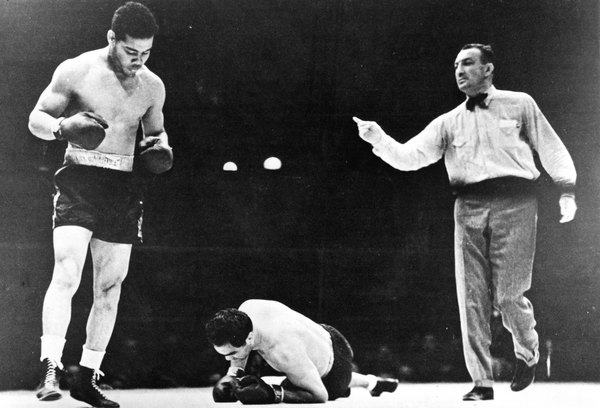
The Ring Magazine-Getty Images
The longest reigning heavyweight champion, Louis ruled boxing when it stood atop the American sports hierarchy. The vicious puncher won the belt in 1937 and defended it a record 25 times, beating the likes of Billy Conn and Jersey Joe Walcott. He also knocked out the five previous heavyweight champs, including Max Baer and Max Schmeling. After Schmeling beat Louis in 1936, “The Brown Bomber” floored the German two years later in what was probably the most anticipated fight in boxing history. Late-career losses to Ezzard Charles and Rocky Marciano do not detract from one of the sport’s defining legacies.
20 of 25
6. Roberto Duran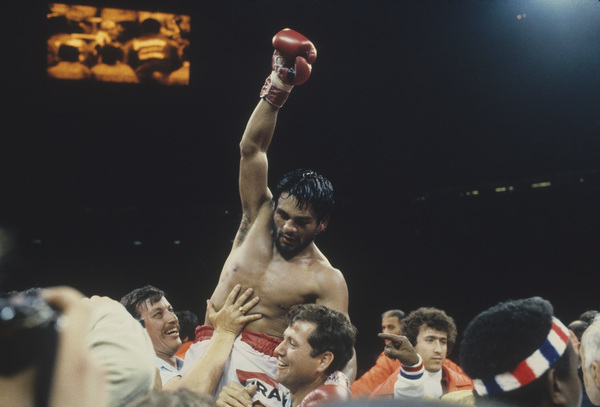
Focus On Sport-Getty Images
One of the most ferocious competitors in boxing history, Duran ruled the 1970s lightweight scene. While “El Cholo” finished 103-16 over a 33-year career, he was 54-1 in the ’70s. A warlord at 135, Duran’s signature work came at welterweight. He made Sugar Ray Leonard brawl with him in their first fight, taking Leonard’s belt in an underrated classic — underrated because of the “No Mas” rematch going rather poorly for a suboptimal Duran. His 1980 triumph was one of the greatest wins in boxing history, however, setting the tone for a second act that featured junior middleweight and middleweight titles.
21 of 25
5. Willie Pep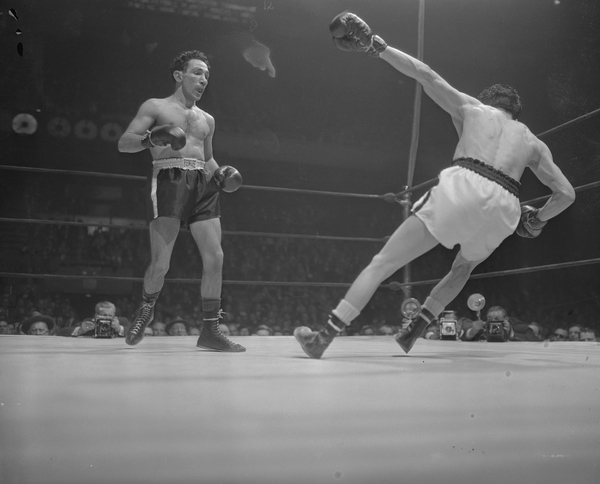
Bettman-Getty Images
Pernell Whitaker’s top competition for boxing’s defense GOAT, Pep deployed a silky smooth style that bedeviled featherweights for years. En route to a 230-11-1 mark, Pep won his first 63 fights. Already residing as the world’s top-ranked featherweight, Pep took the 126-pound belt from Hall of Famer Chalky Wright in 1944 and kept it for four years. Unfortunately, injuries from a 1947 plane crash sapped some of Pep’s wizardry, leaving him vulnerable. Sandy Saddler took Pep’s belt in 1948, but Pep managed to recapture it in 1949’s Fight of the Year and further his claim as one of the sport’s giants.
22 of 25
4. Harry Greb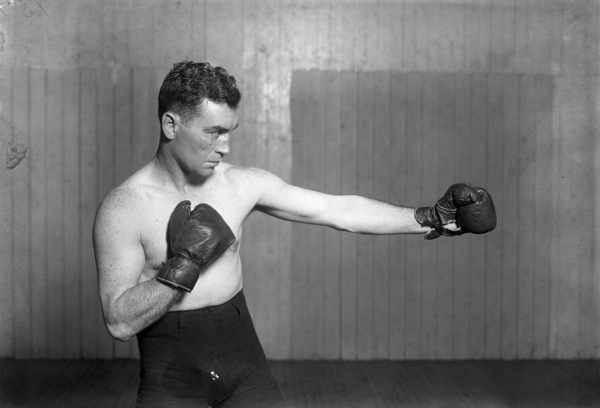
The Stanley Weston Archive-Getty Images
Regarded by many ring experts as the best middleweight ever, Greb cleaned out multiple divisions in the 1910s and ’20s. He is the only man to have beaten eventual heavyweight champion Gene Tunney; this happened once, and, per most press in attendance, their first rematch should have gone Greb’s way. A 160-pound champ with a rugged, oft-labeled dirty, style, Greb regularly fought and beat light heavyweights and defeated heavyweights who’d beaten Jack Dempsey. Greb (105-8-3) dispatched fellow all-time great Mickey Walker at middleweight, rounding out one of the sport’s most diverse resumes.
23 of 25
3. Henry Armstrong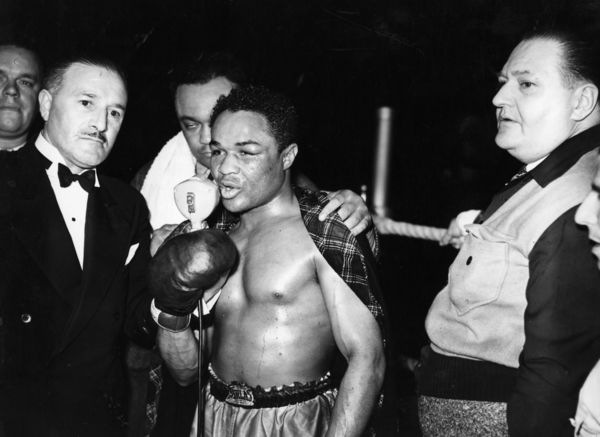
Keystone-Getty Images
Perhaps joined by Babe Ruth’s 1927 or Usain Bolt’s 2008-09, Armstrong’s nine-month run from from November 1937 to August 1938 is in the discussion for greatest sports year ever. “Homicide Hank” went 27-0 (with 26 knockouts) in 1937 and won the featherweight title. The next year the relentless attacker captured Barney Ross’ welterweight belt and won the lightweight strap. Boxing had eight weight divisions in 1938; Armstrong (151-21-9) held three titles at once. Many felt he should’ve won the middleweight belt in a 1940 draw. He nonetheless beat 16 champions and made a record 19 welterweight title defenses. A virtuoso talent.
24 of 25
2. Muhammad Ali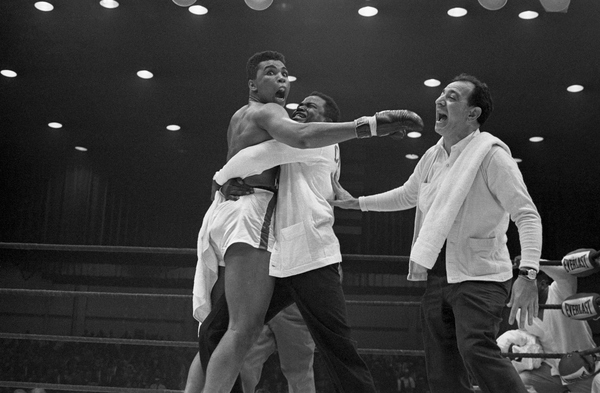
Bettmann-Getty Images
Had the Vietnam War not occurred, Ali probably submits a historic, uninterrupted run of brilliance. No heavyweight could do what 1960s Ali did, his movement picking all comers apart. But Ali cemented his legend after his hiatus. Dropped into the most loaded era in heavyweight history, Ali (56-5) prevailed over his rivals and beat everyone there was to beat in the ’70s. Ali 2.0 never regained all of Ali 1.0’s skills, but his brilliance derailed George Foreman and his will broke Joe Frazier in Manila in probably the greatest fight in boxing history. A three-time champion, Ali will be a towering sports figure throughout time.25 of 25
1. Sugar Ray Robinson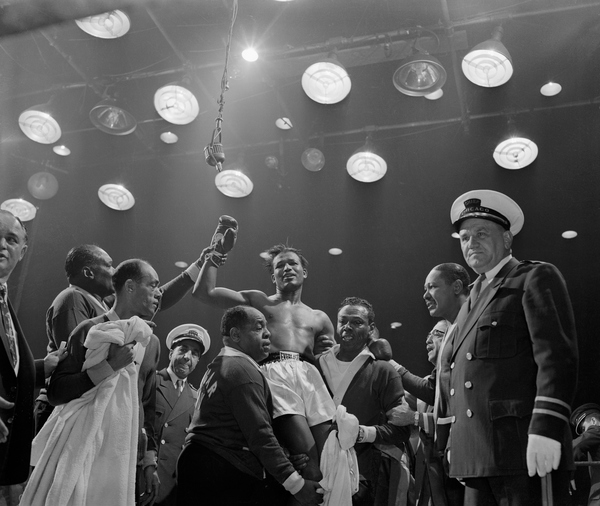
Bettmann-Getty Images
But the term “pound-for-pound” entered the mainstream vernacular largely because of Robinson, who threw his unparalleled speed-power arsenal at the welterweight and middleweight divisions in the 1940s and ’50s. He beat a stacked slate of competition, winning the 160-pound title five times. Prior to first taking the middleweight belt via the St. Valentine’s Day Massacre, he was a demon at 147. Robinson, who lost once in his first 123 fights, also nearly took Joey Maxim’s light heavyweight belt, but scorching heat forced him to quit on his stool. Less of a superpower after a two-and-a-half-year retirement, Robinson (175-19-6) still became the Associated Press’ fighter of the 20th century.v
